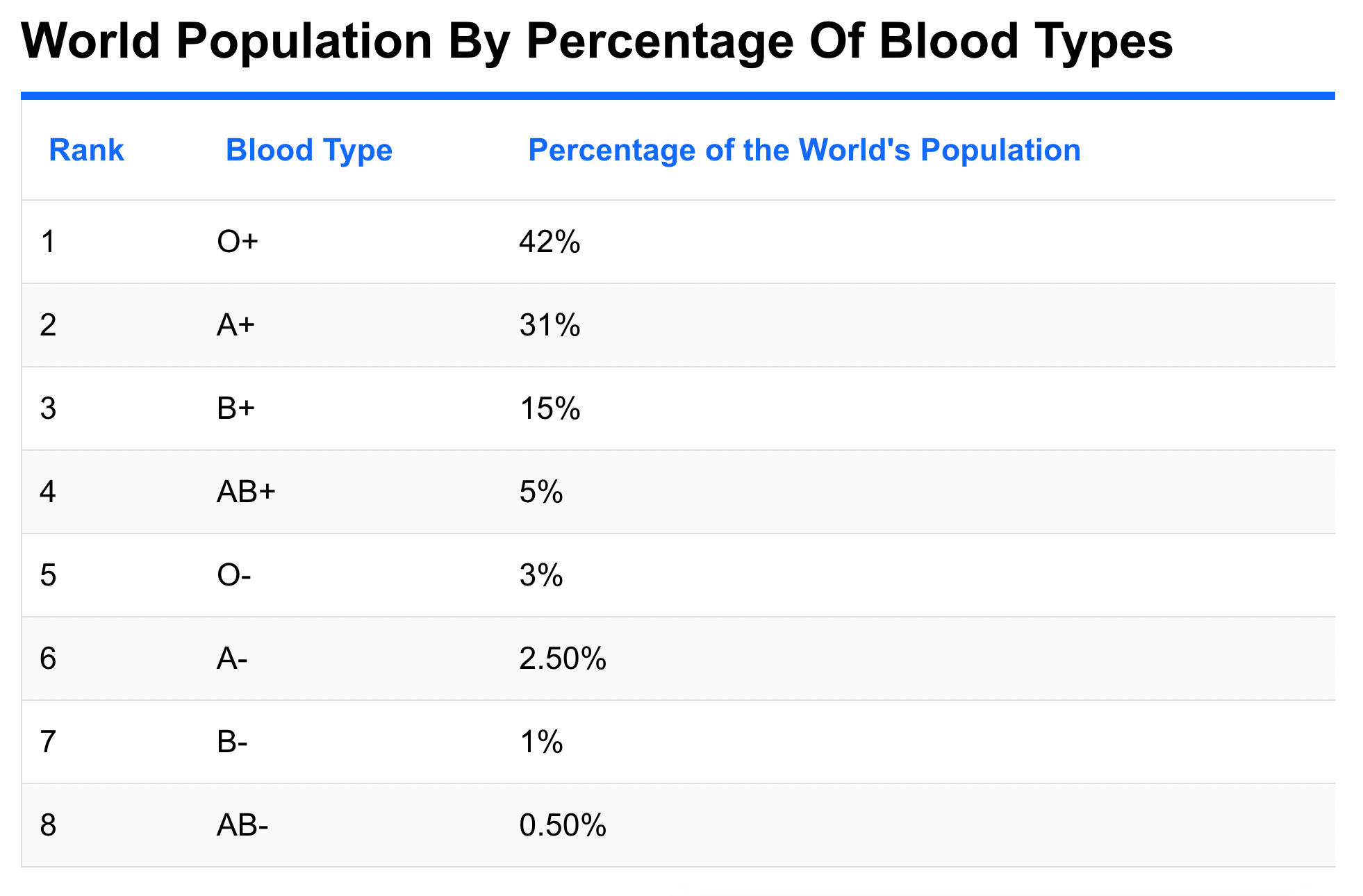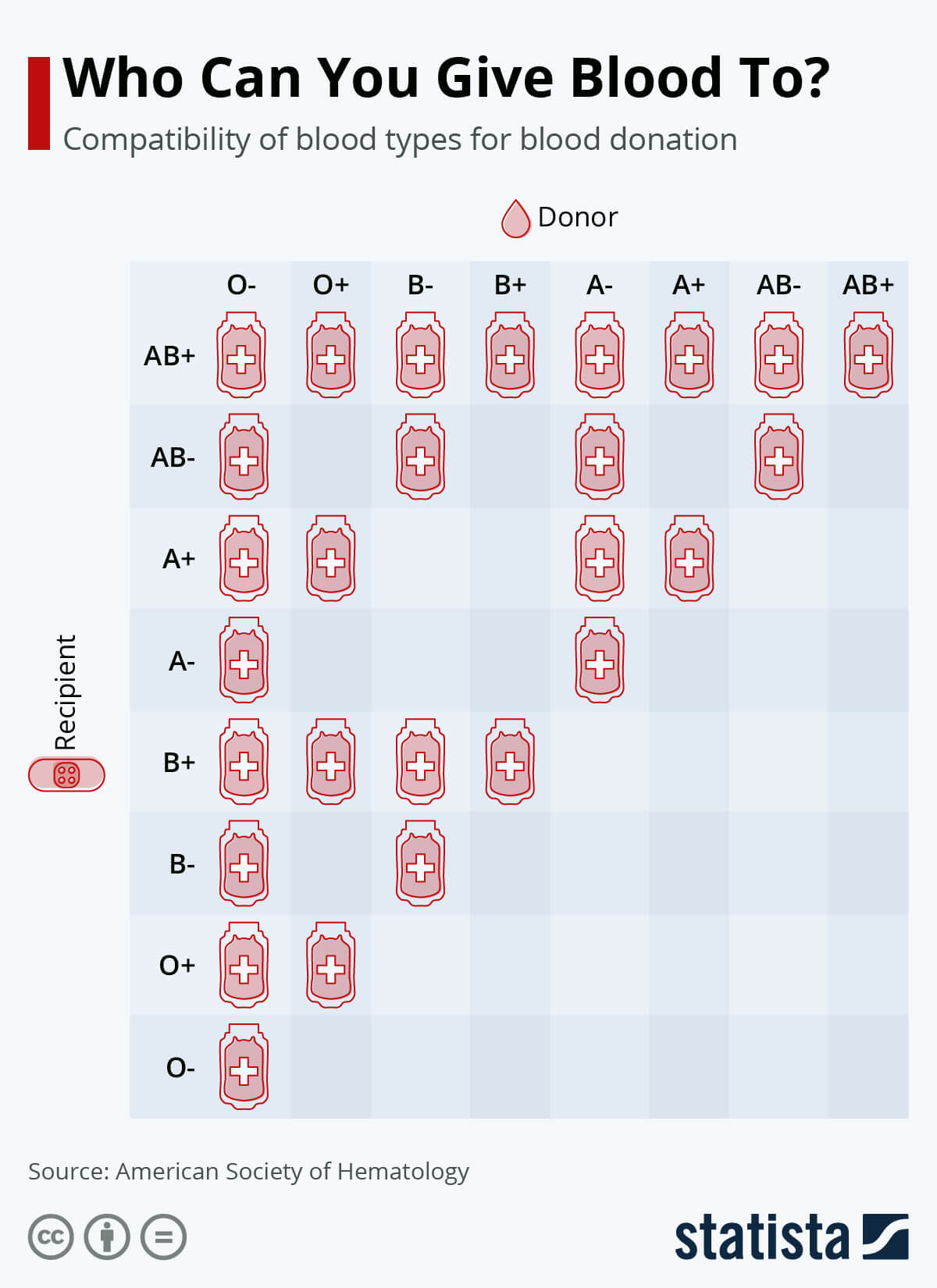Blood donations: a drop for you, an ocean for someone else
The pandemic has had many negative impacts – but here's one you might not have thought about: the American Red Cross has announced the United States' worst blood shortage in a decade.

Data shows that the COVID-19 pandemic has significantly reduced blood donation intentions of both donors and non-donors. Even though blood donation intentions of active blood donors are less affected by COVID-19, the pandemic has an overall effect of decreasing medium and long-term donation intentions.
Just one donation can save up to three lives and one out of three people will need blood in their lifetime. From natural disasters to unforeseen catastrophes, emergency hospital procedures to life-long battles with chronic diseases such as sickle cell, the demand for blood is constant. The supply is not.
If you want to donate blood, it’s important to make sure you meet the requirements and that you properly prepare. Donating blood is a safe process. Whole blood is the most flexible type of donation. It can be transfused in its original form, or used to help multiple people when separated into its specific components of red cells, plasma and platelets.
A whole blood donation takes about eight to 10 minutes, during which you’ll be seated comfortably or lying down. When approximately a pint of whole blood has been collected, the donation is complete and a staff person will place a bandage on your arm. After that your blood will be checked if it is suitable for transfusion.
There are eight blood types and some of them are more common such as O+, and some of them are more rare, such as AB-.
Source: World Atlas
You can also see in the table below that not all types can donate blood to everyone.
Also, this interactive webpage from the American Red Cross website can help you better understand the compatibility of each blood type.
Since some blood types are rare and that you can’t donate blood many times a year, it’s understandable that we can never have enough blood supply. So, let’s understand what’s possible with what we’ve got:
- Men can give blood every 12 weeks, and women can give blood every 16 weeks
- Red cells are stored in refrigerators at 6ºC for up to 42 days
- Platelets are stored at room temperature in agitators for up to five days
- Plasma and cryo are frozen and stored in freezers for up to one year
It’s clear from the above that we should be regular blood donors.
There are also benefits for those who donate blood:
- It may lower your risk of suffering a heart attack
- It can reduce harmful iron stores
- It may reduce your risk of developing cancer
- It can help your liver stay healthy
- It can help your mental state
- It can reveal potential health problems
As an employer, giving two days off work for donating blood and its components or organizing a blood donor event inside the company twice a year is great for encouraging employees to give blood.
You can also promote it internally through an email or a company newsletter. Corporate blood drives can help build employee morale and camaraderie as employees work together towards a good cause – having a collective vision in the company that’s not always tied to the product or bottom line can be a very powerful thing. This is ESG at work.
The entire blood-supply system around the world hinges on the altruism of donors. To ensure a safe and stable supply in the future, companies, blood centers, local groups, and governments must promote continued engagement with the current network of blood suppliers while also educating and engaging more and more people on donating blood.
Maria Alexiou is a Product Data Analyst at Workable.



